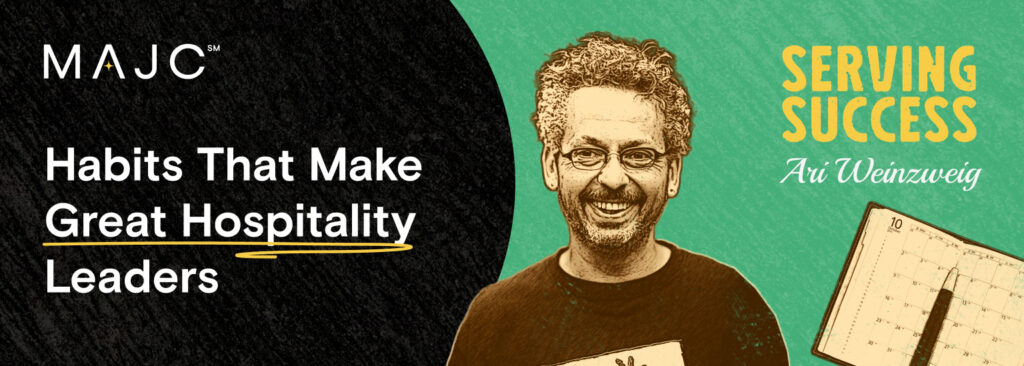Understanding Labor Cost Percentage: A Guide for Restaurant Operators

Labor is one of the biggest line items in any restaurant budget and one of the easiest to mismanage. Whether you’re running a fast-casual concept or a full-service dining room, keeping labor costs in check is critical to staying profitable. But it’s not just about trimming hours or staffing lean.
Optimizing labor means creating properly engineered menus, building smarter schedules, supporting your team, and making data-backed decisions that balance efficiency with care.
At MAJC, we’ve talked to more than 40 hospitality leaders about what actually works when it comes to managing labor. The lesson is clear: profitability and people aren’t at odds if your systems are sound. In this guide, we break down what labor cost percentage is, how to calculate it, and how to stay in a healthy range without losing your team to burnout or your margins to waste.
What Is Labor Cost Percentage?
Labor cost percentage is the portion of your total sales that goes toward labor. This includes wages, payroll taxes, benefits, and other employee-related expenses.
Formula: Labor Cost Percentage = (Total Labor Costs / Total Sales) × 100
For example, if your total labor costs are $60,000 and your sales are $200,000, your labor cost percentage is 30%.
Industry benchmarks vary: quick-service restaurants aim for 25–30%, while full-service or fine dining may fall between 30–35%, according to Meghan Blair, a hospitality finance expert and friend of MAJC.
Why Labor Cost Percentage Matters
A high labor percentage can quietly eat away at your margins—even if your sales look strong on paper.
When Blair recently joined MAJC Live Office Hours, she explained it this way: “Operators often think they have a profit problem when really they have a labor problem. Labor is where profitability hides.”
Tracking labor cost percentage helps you spot overstaffing, shift inefficiencies, or gaps in scheduling systems before they become expensive patterns.
How to Track Labor More Effectively
Many operators only review labor costs monthly. By then it’s too late to course-correct. The most effective leaders build weekly visibility into their operations.
Blair shared that her most successful clients track labor and payroll costs weekly, in real time, alongside food and liquor margins. That means knowing how many hours are scheduled, how many are actually worked, and what that looks like as a percentage of sales.
Don’t overlook tech that can help. From labor tracking dashboards to scheduling tools, the right systems make this work easier—not harder. On a recent episode of Serving Success, Lauren Fernandez recommends integrating tools that make labor forecasting part of your weekly routine.
Try this:
- Use scheduling tools with labor forecasting built in
- Compare scheduled versus actual labor each week
- Flag when staff are trending toward overtime
How to Optimize Without Burning People Out
Cutting labor isn’t always the answer. In fact, reducing hours without a plan can backfire fast.
Blair emphasized pairing labor cuts with real-time performance feedback: “If service is slipping or your team’s exhausted, those short-term savings become long-term losses.”
Instead of just trimming hours, consider:
- Cross-training staff to cover more roles
- Improving prep efficiency in back-of-house
- Using POS data to align staffing with traffic patterns
During an interview on Restaurant Ready, Chef Kevin Gillespie said it clearly: “If your team doesn’t understand what success looks like numerically, they can’t help you get there.”
That means giving your managers the tools—and the language—to think like operators.
Bottom Line
Labor cost percentage is one of the clearest indicators of your restaurant’s financial health, but only if you’re looking at it regularly. Don’t wait for a report to show you what you already feel on the floor.
Build weekly habits. Give your managers real visibility. And use tools and language that make clarity easier, not harder.
Profitability isn’t about squeezing people. It’s about leading with intention, supporting your team, and building systems that work for them and for you.
Struggling with labor costs? You’re not the only one. Join the MAJC community to connect with restaurant leaders who are fixing the same problems, sharing real-world tools, and building more sustainable operations together.
At MAJC, AI helps us organize thoughts and speed up workflows—but every article is shaped, refined, and approved by real people who live and breathe this industry. We think honesty (like hospitality) works best when it’s real.


